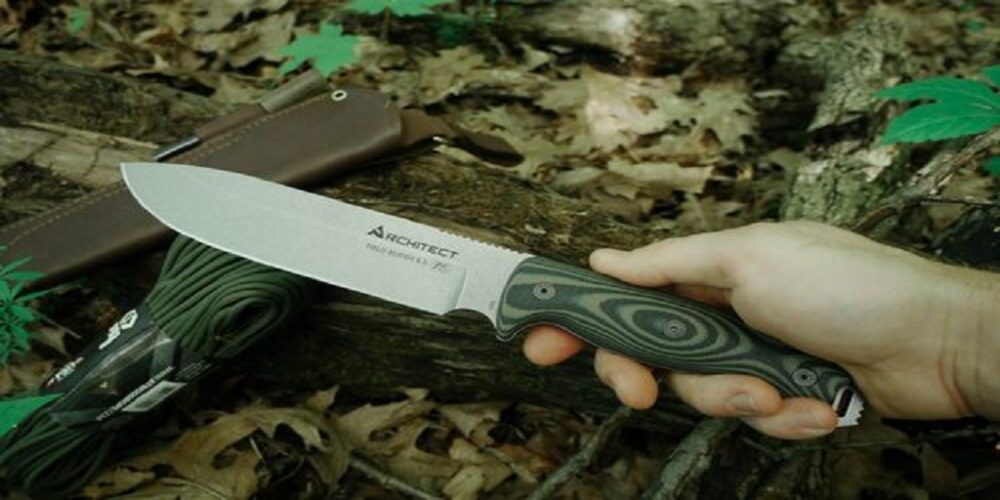Whether you are putting together a survival kit or you just need a knife that you can depend on when you are out in the wilderness, having a reliable survival knife is essential. Knives are some of the most versatile tools in existence and a good knife is an invaluable tool in any survival scenario. You can use a knife for everything from shelter building to collecting or preparing food. They can also be used for a limitless variety of other tasks, the only limit being your imagination and the strength of your knife.
Fixed Blade
There are plenty of opinions when it comes to survival knives, but everyone can agree that a fixed blade will always be the best option. Folding knives might be an extremely compact and efficient option for a wide range of situations, but they just cannot handle the same impact forces as a fixed blade knife. A full tang blade where the metal from the blade covers the entire cross section of the handle is the best option when it comes to strength. These kinds of knives can handle tough chopping tasks that might be required in a survival situation.
Blade Size
The next thing to think about is blade size. Your average survival knife will have a blade between 4 and 8 inches long. This size range provides a lot of utility both for a wide range of tasks from hunting to firewood prep to shelter building. As in most cases, a medium sized knife is going to provide the most utility and be able to handle the most tasks. If you want to be able to accomplish the most survival jobs, then it might be a good idea to have a large knife for chopping and a smaller knife for completing more delicate tasks.
Blade Design
There are a variety of different blade styles, mostly determined by the tip of the knife. Like so many things with knives, choosing a blade style mostly comes down to personal preference. Still, there are a few best choices when it comes to survival and most users will prefer either a drop point or spear point blade. Both of these designs have strong points and spines, making the blade strong and useful. The drop point blade will have a superior belly for slicing tasks while spear point blades have an extremely strong point design.
Handle Design
Finally you need to think about the handle on your survival knife. Handles are often overlooked, but they are an essential part of any knife. Handles are literally the point where users interface with their knives and having the right handle will provide a firm and comfortable grip. This is especially important when one plans on working with their knife all day to set up a shelter or other survival structure. Some survival knife handles may also have additional features like divots for bracing a bow drill for starting a friction fire. Handles made from composite materials like micarta and G10 are typically your best bet, as they are resistant to water and impact forces.
If you are looking to buy a new survival knife, The Knife Connection is a great place to start. They have a huge selection of high quality knives in stock, including knives from several popular knife manufacturers. Their online store even has a section dedicated to survival knives and easy search filters so you can find the perfect knife to meet your needs. If you have any questions about any of the knives they carry, you can reach out to one of their knife experts by sending an email to [email protected].












